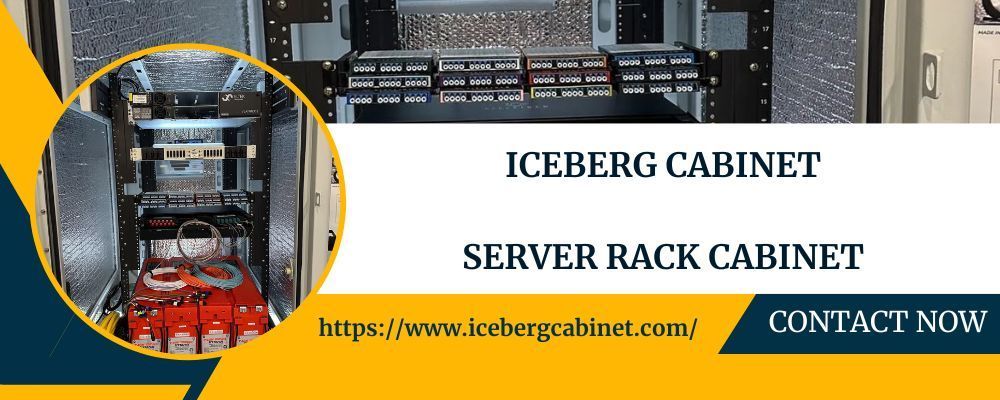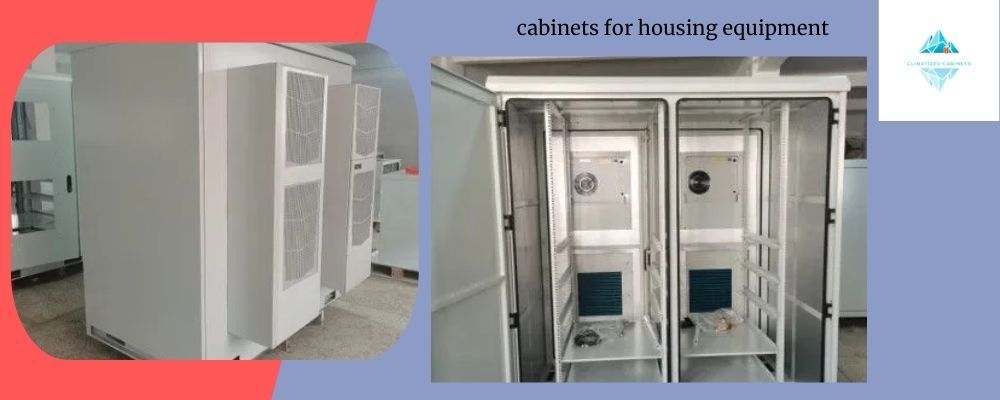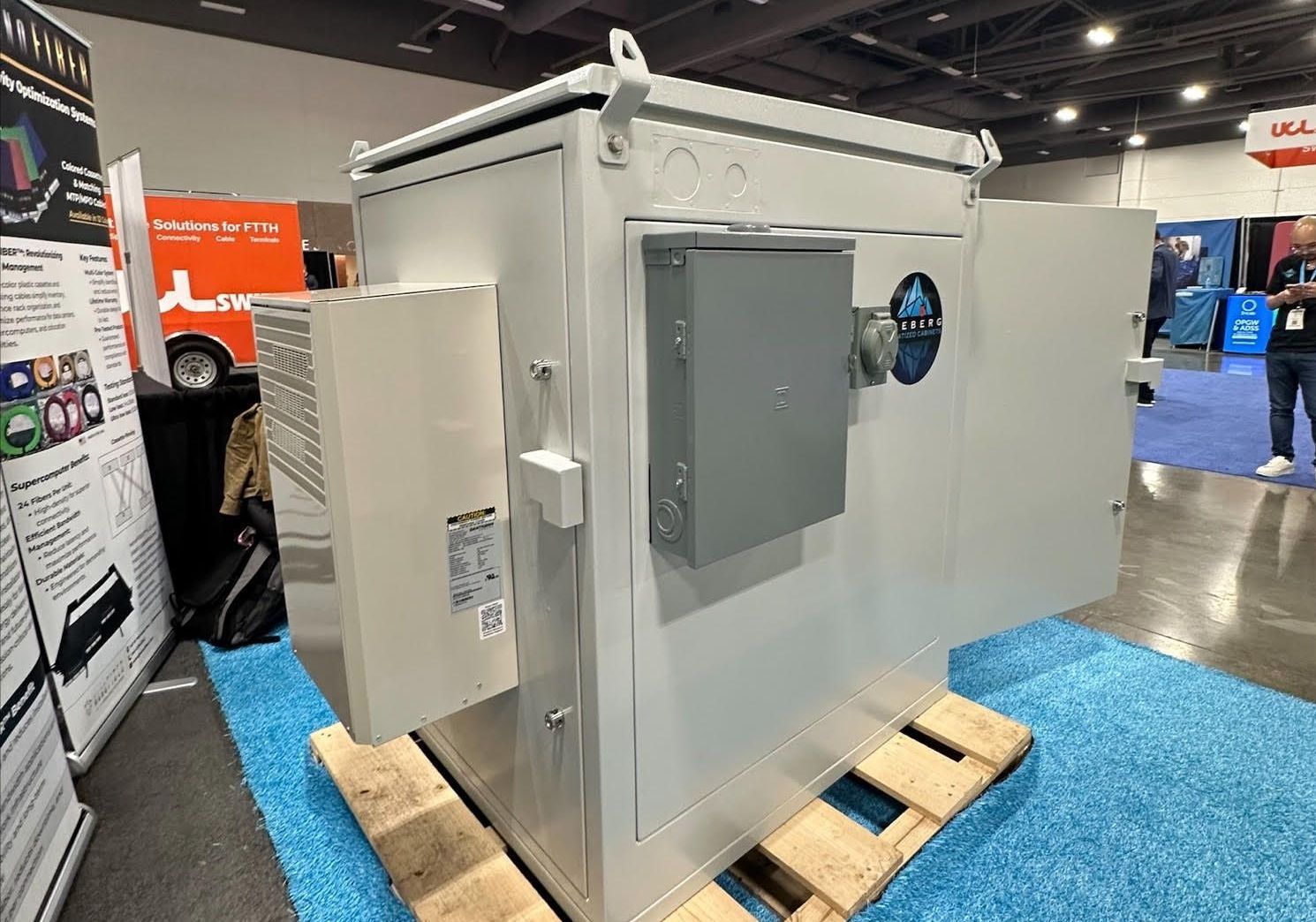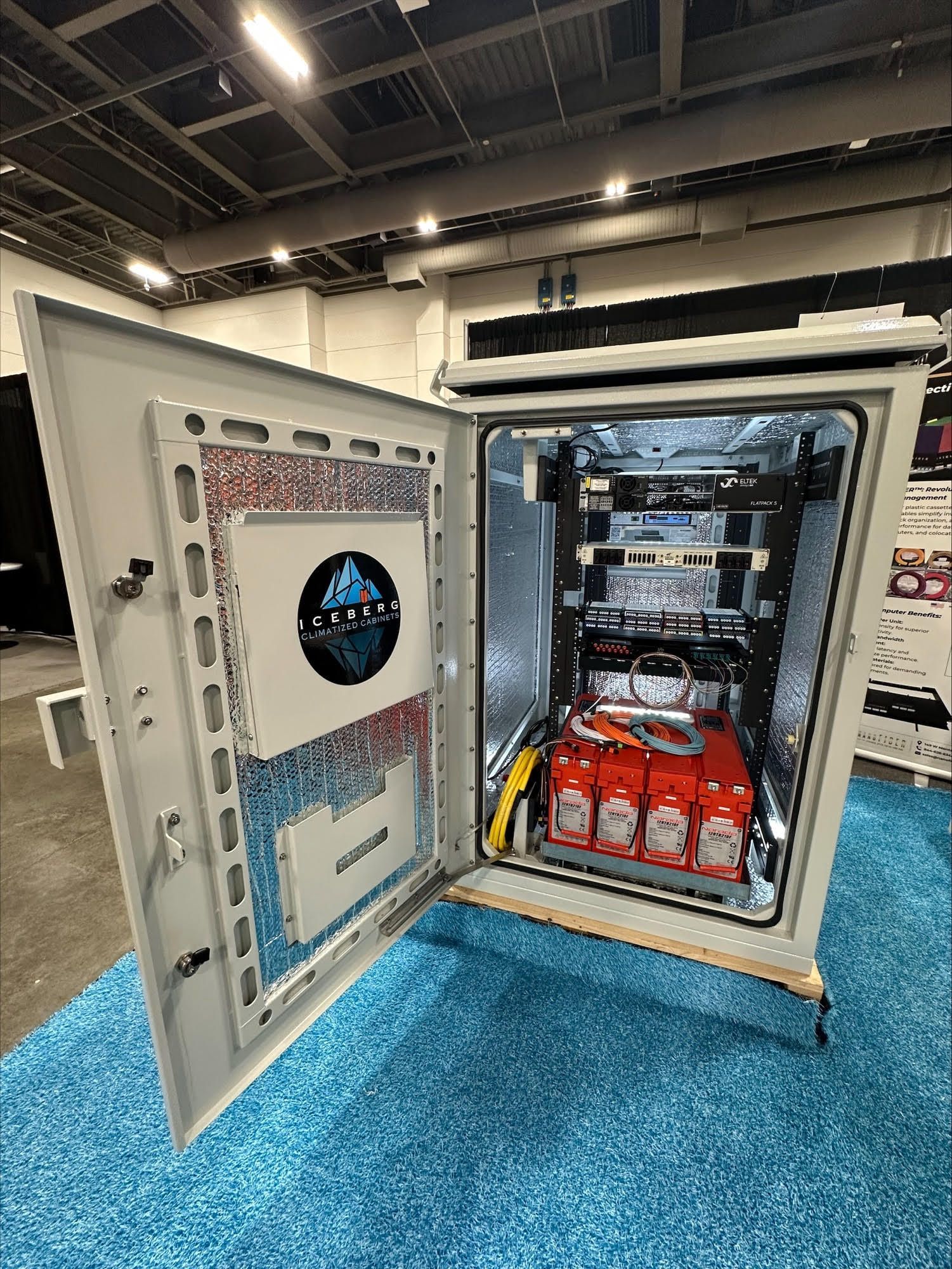How to Choose the Right Telecommunication Cabinet for Small Offices
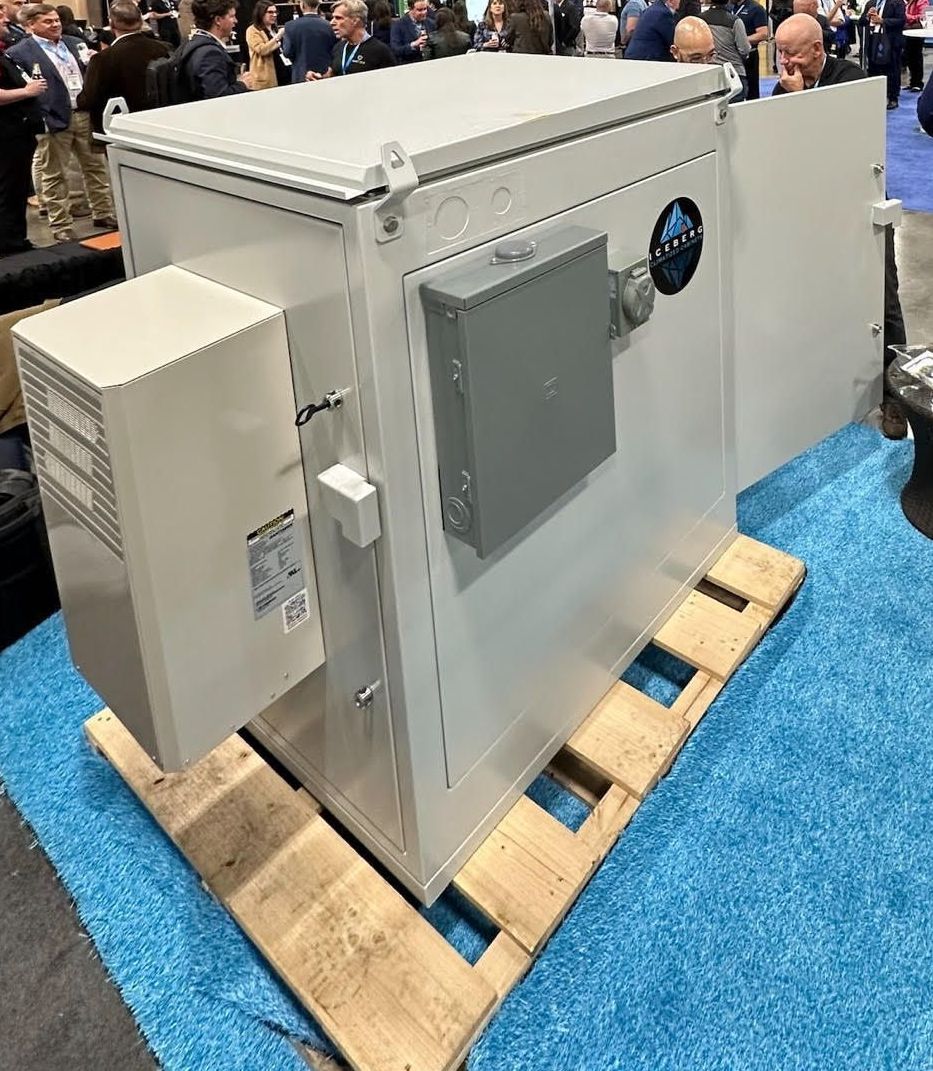
In today’s hyper-connected world, even small offices rely heavily on stable networks, uninterrupted data flow, and streamlined communication systems. Whether you're running a growing startup, a boutique agency, or a remote satellite office, having the right telecommunication cabinet is essential to keep your digital infrastructure running smoothly.
A telecommunication cabinet isn't just a metal box that houses wires and devices—it’s the backbone of your IT operations. Choosing the right one could mean the difference between a seamless workday and constant technical headaches. In this blog, we’ll walk you through everything you need to consider when choosing a telecommunication cabinet for your small office.
Why the Right Telecommunication Cabinet Matters
You may be wondering why you should invest time and money into picking the right cabinet when it seems like a simple piece of hardware. Here’s the truth: a well-chosen telecommunication cabinet ensures your equipment is secure, organized, cool, and accessible. For small offices where space and resources are limited, this choice becomes even more crucial.
A reliable cabinet also enhances system performance, reduces downtime, and even extends the life of your network equipment. At Iceberg Cabinets, we understand that small businesses need solutions that are cost-effective, space-efficient, and built to perform.
Key Factors to Consider When Choosing a Telecommunication Cabinet
1. Size and Space Constraints
One of the most common issues in small offices is limited space. Before choosing a telecommunication cabinet, measure the available space and determine how much room you can dedicate to your IT setup. Think vertically if floor space is tight—wall-mounted cabinets are a great option for small setups.
Also, consider future expansion. While your equipment might fit snugly now, will it still fit after six months of growth? Investing in a slightly larger cabinet than your current needs can save time and money down the road.
2. Type of Cabinet: Wall-Mounted vs. Freestanding
There are two primary types of telecommunication cabinets: wall-mounted and freestanding.
- Wall-mounted cabinets: Ideal for small offices with limited floor space. These are compact, accessible, and perfect for lightweight equipment like patch panels and small switches.
- Freestanding cabinets: Suitable for more robust setups. These offer more room for servers, power distribution units (PDUs), and cooling fans.
At Iceberg Cabinets, we offer both options, each designed with durability and ease of use in mind.
3. Ventilation and Cooling
Electronics generate heat, and if that heat isn’t managed, it can cause equipment failures or even fire hazards. Look for cabinets with built-in ventilation or the option to add cooling units. Some cabinets include perforated doors or side panels that allow passive airflow.
For small offices without a dedicated server room, passive or fan-assisted ventilation can keep your equipment cool without adding to your energy bill.
4. Security Features
Even in small offices, security shouldn’t be overlooked. Your telecommunication cabinet should come with lockable doors and tamper-resistant designs. This helps prevent unauthorized access to sensitive networking gear.
Choose a model that allows you to secure both the front and rear access points for full peace of mind.
5. Cable Management
Good cable management can drastically improve airflow, reduce maintenance time, and eliminate tripping hazards. A quality telecommunication cabinet will include features like cable entry points, tie-down points, and rails to keep your cabling neat and organized.
At Iceberg Cabinets, our cabinets are built with intuitive cable management solutions to save you both time and frustration.
6. Load Capacity
Not all cabinets are created equal when it comes to weight. Check the cabinet’s load capacity to ensure it can handle the combined weight of all the equipment you plan to install. Overloading a cabinet can lead to structural failure and potential equipment damage.
Iceberg Cabinets are designed to handle significant loads without sacrificing stability or safety.
Choosing the Right Server Rack Cabinet
While telecommunication cabinets are great for network equipment, many small offices also require server rack cabinets for housing servers, storage devices, and backup units. When selecting a server rack cabinet, consider the same criteria: size, airflow, security, and cable management.
For offices with minimal equipment, a compact rack that fits under a desk may suffice. But if you're planning to scale, look for full-sized racks with adjustable mounting rails and room for additional gear.
At Iceberg Cabinets, our server rack cabinets are designed to meet the demands of growing small businesses, ensuring reliable performance and easy scalability.
Why Choose Iceberg Cabinets?
Iceberg Cabinets isn’t just another name in the telecom equipment industry—we’re a division of Telcoden, Inc., with over 25 years of experience in delivering durable, reliable infrastructure solutions across the country. Every telecommunication cabinet and server rack cabinet we design is built in Texas, USA, with precision, care, and the future of connectivity in mind.
Our small office solutions are tailored to balance quality, affordability, and innovation. Whether you need a single wall-mounted cabinet or a full office setup, we offer a range of options to match your specific needs.
Final Thoughts
Choosing the right telecommunication cabinet for your small office is about more than specs—it’s about investing in reliability, scalability, and peace of mind. From securing your valuable equipment to ensuring proper airflow and space management, the right cabinet plays a vital role in your office’s daily operations.
Take your time, evaluate your needs, and don’t hesitate to reach out to a trusted provider. At Iceberg Cabinets, we’re here to help you make the best choice for your unique office environment. Our cabinets are more than just enclosures—they’re part of a legacy of excellence built to support your future.
Are you confused about the differences between network, server, and data racks and cabinets? You're not alone. Many professionals use these terms interchangeably. However, each serves a distinct purpose in IT infrastructure.
Selecting the right rack or cabinet is crucial. It ensures equipment safety, organization, and efficiency. In this blog, we’ll break down the key differences. This will help you determine which option best suits your business needs.
What Are Racks and Cabinets?
Racks and cabinets are essential components in data centers, networking rooms, and IT closets. Their primary function is to securely hold IT equipment such as servers, switches, routers, and storage devices.
Understanding Server Racks and Cabinets:
What Is a Server Rack?
A server rack is an open-frame structure. It typically has four vertical posts. It is used to mount and organize servers and other IT hardware.
These racks do not have side panels or doors. This makes them easy to access and ensures optimal airflow.
Key Benefits:
● Easy access to equipment for maintenance.
● Excellent airflow for cooling.
● Cost-effective compared to enclosed cabinets.
Best For:
● Large data centers with controlled environments.
● Organizations requiring high-density computing power.
● Businesses need quick access to server components.
What Is a Server Cabinet?
A server cabinet is a fully enclosed version of a server rack. It includes locking doors, side panels, and ventilation features.
It provides additional security while still allowing for proper cooling.
Key Benefits:
● Protects servers from physical tampering and dust.
● Helps manage airflow with built-in ventilation systems.
● Reduces noise levels in office environments.
Best For:
● Businesses require enhanced security for sensitive data.
● Organizations with limited space need structured airflow control.
● Companies that want a more aesthetic IT setup in visible areas.
Example Use Case
A leading cloud computing provider deployed server cabinets in its data centers. This protected critical infrastructure from unauthorized access. It also ensured efficient cooling through intelligent airflow management.
Understanding Network Racks and Cabinets:
What Is a Network Rack?
A network rack is an open-frame unit designed to mount networking equipment such as switches, patch panels, and routers.
These racks are typically shallower than server racks. Networking equipment does not require as much depth.
Key Benefits:
● Maximizes space efficiency in networking rooms.
● Allows for easy access to cables and networking hardware.
● Provides cost-effective mounting for multiple devices.
Best For:
● Businesses with extensive networking hardware.
● Data centers with dedicated networking rooms.
● Telecommunication companies managing large-scale network connections.
What Is a Network Cabinet?
A network cabinet is an enclosed unit. It is designed to house networking equipment securely.
While similar in structure to a server cabinet, network cabinets prioritize cable management. Because networking gear generates less heat than servers, they may not include as many cooling features.
Key Benefits:
● Keeps cables organized and protected.
● Reduces exposure to dust and external damage.
● Provides security with locking mechanisms.
Best For:
● Enterprises with complex networking infrastructures.
● Office environments where aesthetics and organization matter.
● Businesses need secure storage for networking components.
Example Use Case
A multinational retail company implemented network cabinets across its headquarters. These cabinets securely housed networking equipment, which ensured optimal cable management and minimized disruption to daily operations.
Understanding Data Racks and Cabinets:
What Is a Data Rack?
A data rack is a compact open-frame unit designed to hold networking devices, patch panels, or AV equipment.
Unlike full-sized servers or network racks, data racks are often mounted on walls and placed in small IT closets.
Key Benefits:
● Saves space in small IT rooms.
● Provides easy access to frequently used networking gear.
● Ideal for structured cabling and patch panel organization.
Best For:
● Small offices and remote locations.
● Retail stores with limited IT infrastructure.
● Home offices require a compact IT setup.
What Is a Data Cabinet?
A data cabinet is an enclosed, compact cabinet designed to house IT equipment in environments with limited space.
These cabinets can be freestanding, on casters, or wall-mounted. This provides flexibility in various IT setups.
Key Benefits:
● Secures IT equipment in compact locations.
● Helps protect devices from dust and tampering.
● Available in various sizes to accommodate different needs.
Best For:
● Small businesses with minimal IT infrastructure.
● Remote office locations need secure IT storage.
● Enterprises with branch offices requiring localized IT support.
Example Use Case
A healthcare provider installed data cabinets in multiple clinic locations. These cabinets securely housed medical IT equipment in a space-efficient manner and ensured compliance with data protection regulations.
How to Choose the Right Rack or Cabinet?
When selecting between a server, network, or data rack/cabinet, consider the following:
● Equipment Type: If housing servers opt for server racks or cabinets. If handling networking gear, go for network racks or cabinets.
● Space Constraints: If space is limited, data racks or cabinets provide compact solutions.
● Security Needs: If physical security is a concern, choose enclosed cabinets with locks.
● Cooling Requirements: Servers require more ventilation than networking gear. If heat management is a priority, choose ventilated server cabinets.
● Cable Management: Network racks and cabinets need proper cable organization to avoid performance issues.
Conclusion!
Selecting the right rack or cabinet is essential. It helps maintain an organized, efficient, and secure IT environment.
Whether you need server cabinets for high-performance computing, network cabinets for structured cabling, or data cabinets for small-scale IT setups, choosing the right solution will maximize efficiency and security.
For businesses seeking high-quality network equipment cabinets, Iceberg Climatized Cabinets offers top-tier solutions designed for optimal performance and durability. Explore their product range today!
